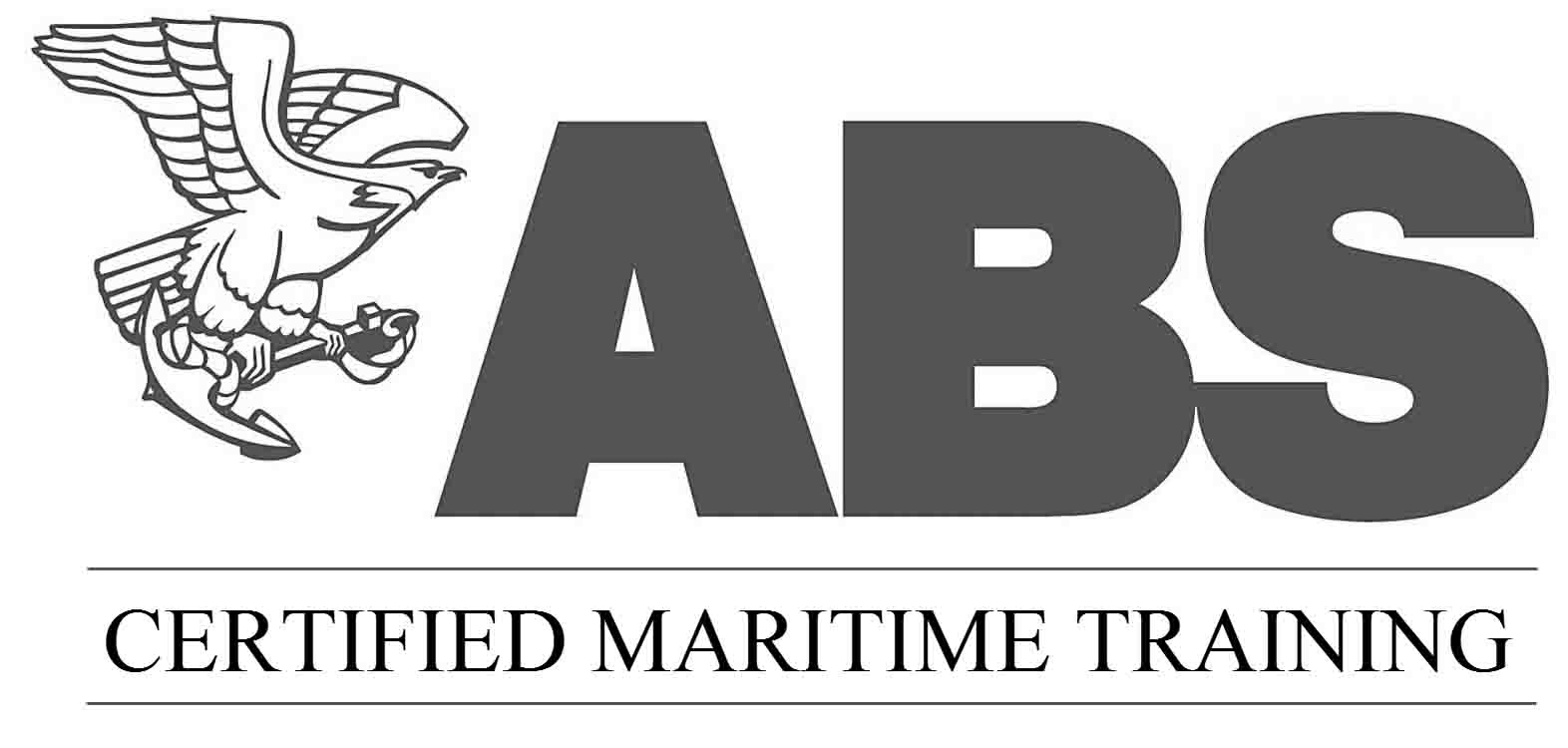Personnel Transfer by Basket (PTB) Risk Elements and Safety aspects
09-03-2023
Overview
Personnel Transfer by Basket (PTB) is a practice widely used in Ship-to-Ship Transfer Operations between engaged vessels and most important during the embarkation of the POAC, usually in the maneuvering vessel. Through the DYNAMARINe webinar, industry experts were invited, i.e. STS Service Providers, Basket Manufacturers, and Tanker owners under a discussion related to safety aspects and risk management while using the PTB. Great panelists, excellent presentations, and an enormous number of attendees contributed to the success of the webinar.
DYNAMARINe together with the esteemed support of the commercial partner in Singapore, Aaudaz Maritime Pte Ltd. arranged for inviting shore personnel from 60+ organizations globally. The attendees of this webinar reached 180 people which submitted 52 questions that were answered either in public or in writing, The overall feedback was fully satisfactory and supportive of the effort put forward. During the webinar, polls took place, and the attendees gave their personal feedback on Personnel transfer by basket matters. Most of the attendees stated that were familiar with the PTB transfers and believe that PTB is much safer compared to other ways of transfer.
Some of the key points that were discussed during the webinar are the following:
- Is PTB the safest way of personnel transfer?
- Can tanker owners use PTB when cranes have not been approved for personnel transfer?
- What are the international standards for PTB?
- What is the liability of the ship owner entering into such an operation?
- Are the LOIs provided by STS Service providers adequate to mitigate liability?
- Is the personnel onboard familiar with the process?
- Which party does the maintenance of the PTB? Who can issue inspection certificates?
Panelists
The following professionals from the industry shared their knowledge and experience:
- Captain Bill Kappelman, Senior Lightering Master @Chevron Shipping, LLC
- Colin Legget, Risk Assessor @Thomas Miller UK P&I Club
- Capt. Jostein Halle, Technical Manager @SKULD
- Captain Marcelo Barbich, STS OPS @SERVICE MANAGEMENT SA
- Ramsey d'Costa, Marine Assurance (vp)- QHSSE @Shipload Maritime Pte Ltd
- Will Doolittle, Director, Offshore Technical Services at Lightering LLC @Lightering LLC
- Capt. Richard H. Russell, Retired Head of Offshore and Global Lightering @AET
- Mike Cadigan, President/CEO @Billy Pugh Co. Inc.
- Paul Liberato, Executive Chairman @Billy Pugh Co. Inc.
- Alexandros Glykas, Risk Assessor, STS Specialist, @DYNAMARINe
- Dimitris Fytas, Operations and Commercial, @DYNAMARINe
- Katerina Karakatsani, Supporting Plan Engineer, @DYNAMARINe
Discussion
Safety, liabilities, and crew preparation were the main topics of the discussion. Is the personnel transfer by basket a safe method? Based on our experts' opinion, the answer is Yes, subject to proper planning. Environmental conditions, suitable and properly maintained equipment for personnel transfers and competent crew are very important factors for a safe transfer, the experts said. Owners' liabilities and LOIs from the STS Service providers were also discussed since are of major concern for the involved parties. Appropriate crew training, effective communication between crew and the STS Service providers as well as maintenance of the equipment are the main aspects for safe transfers, the experts said.
Crew involved in PTB should be aware of the risks and hazards in such transfers. Transfer equipment, communication protocols, planning of the transfer, and risk assessment are of high importance. Capt. Ramsey d' Costa from Shipload Maritime PTE stated that 'No use of PTB, is mainly from those who are not well prepared.'
What about the other ways of transferring personnel? Some of them are helicopters, pilot ladders, and gangways. After discussion, the panelists and attendees concluded that PTB is a much safer method compared to others. Systematic inspections and testing of the equipment, crew training, and proper communication between involved parties will minimize the risk of the transfer. Emergency drills and tests on baskets and cranes prior to the transfer are fully supported. 'Transfers should be kept at absolute minimum risk' Capt. Will Doolittle from Lightering LLC said.
Another interesting topic was related to the maintenance of the PTB. Mike Cadigan from Billy Pugh advised '2 years maintenance period and refurbishment on crucial components'. A maximum lifespan of a PTB is about 8 years, subject to proper maintenance, certification, and storage. However, it is not recommended to retire the PTB a bit prior to the last transfer operation of the basket. It is highly recommended to replace it when there is still life in it. Capt. Jostein Halle from SKULD P&I Club also emphasized the importance of certified equipment.
Finally, incident during transfers was a remarkable topic. According to the experts, PTB incident ratio is very low compared to other ways of transfer. Capt. Bill Kappelman for CHEVRON advised 'A pre-transfer toolbox meeting should be conducted prior to the use of PTB'.
Conclusion
To summarise, through the presentations and the discussions between the panelists and questions put forward by the attendees, the PTB transfers are considered much safer compared to other ways of personnel transfer. Elements such as thorough planning of the operation, crew training and proper maintenance of the equipment are of high importance in order to achieve a safe and efficient transfer. In addition, communication between the involved parties, deck crane suitability for personnel transfer, and testing of the equipment prior to the transfer, should not be omitted in any case.





